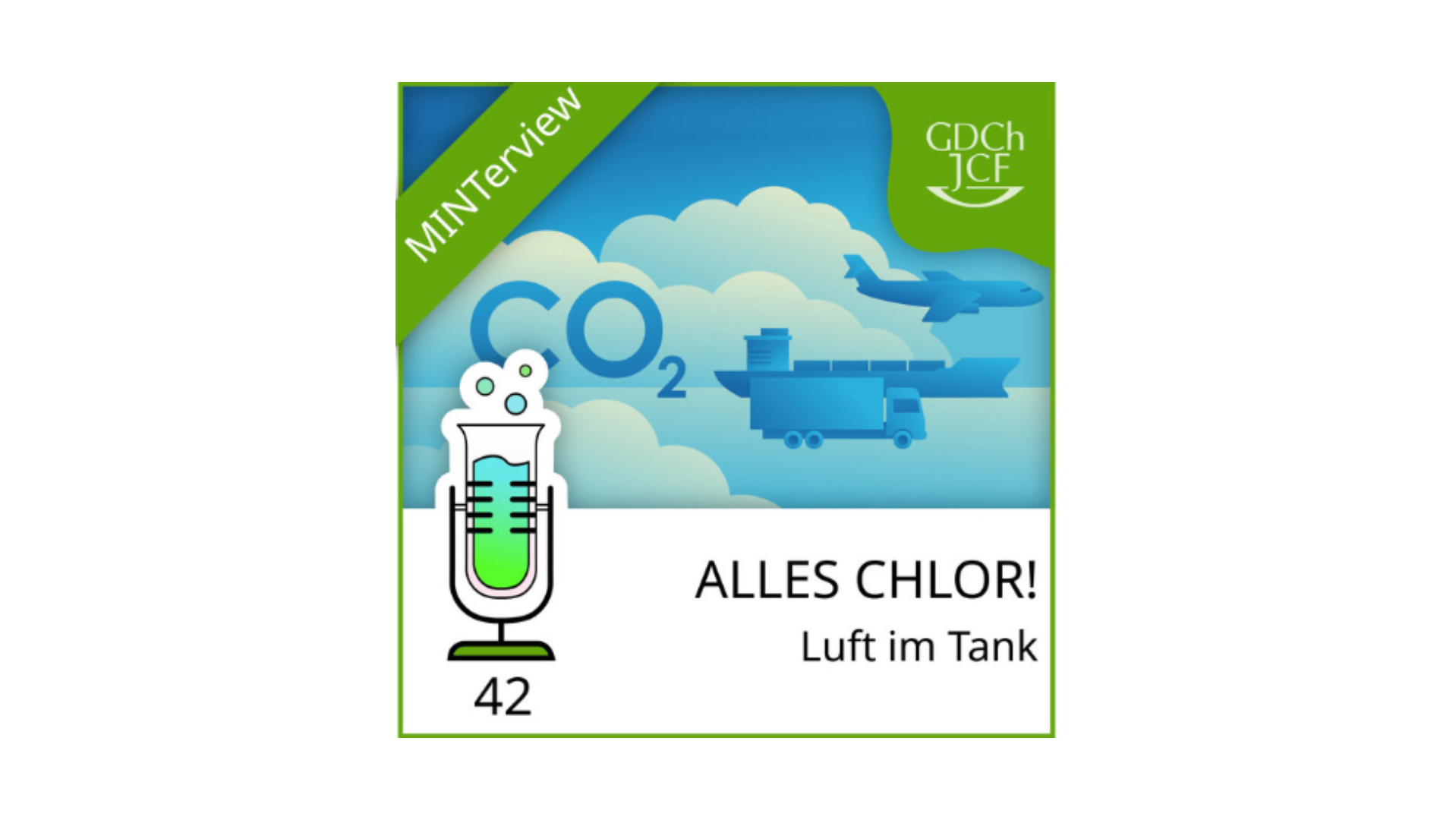The world is grappling with the challenge of climate change, and one of the proposed solutions is Carbon Capture and Storage (CCS). This technology is not without its controversies and challenges, and it is the focus of an extensive study conducted by NABU, a German environmental organization.

Understanding Carbon Capture and Storage
Carbon Capture and Storage (CCS) is a technology designed to reduce carbon emissions and tackle global warming. It involves three primary steps: capturing CO2, transporting it, and storing it deep underground in geological formations. The process begins with the separation of CO2 from other gases produced in industrial processes such as power generation or steel production. The compressed CO2 is then transported via pipelines, road transport, or ships for storage. Storage sites include saline aquifers or depleted oil and gas reservoirs that are typically at least 0.62 miles under the ground.
The NABU Study on CCS
NABU’s study on CCS is a comprehensive exploration of this technology, its potential, and its pitfalls. The study is not an opinion piece but a thorough examination based on scientific research and data. It delves into the various components of CCS, the extensive factors that influence its effectiveness, and the controversial aspects that make it a topic of heated debate.
The Controversial Aspects of CCS
CCS is not without its controversies. Critics argue that it is a license to pollute, allowing industries to continue their emissions-intensive operations under the guise of carbon capture. There are also concerns about the safety of storing vast amounts of carbon underground. Despite these controversies, the industry body, the Global CCS Institute, maintains that CCS has been in safe operation for over 45 years.
The Future of CCS
Despite the controversies, CCS is being adopted on a large scale worldwide. According to the Global CCS Institute’s report, there were 194 large-scale CCS facilities globally at the end of 2022 compared to 51 in 2019. Of these projects, 30 are operational, 11 are under construction, and the remainder are in different stages of development.
Carbon Capture, Utilization, and Storage (CCUS)
An extension of CCS is Carbon Capture, Utilization, and Storage (CCUS), where captured carbon could be used instead of stored for industrial purposes. This approach has the potential to create new markets and make carbon capture more economically viable.
Conclusion
The study by NABU provides a comprehensive overview of Carbon Capture and Storage, its potential, and its controversies. It is a valuable resource for anyone interested in understanding this complex technology and its role in combating climate change.






